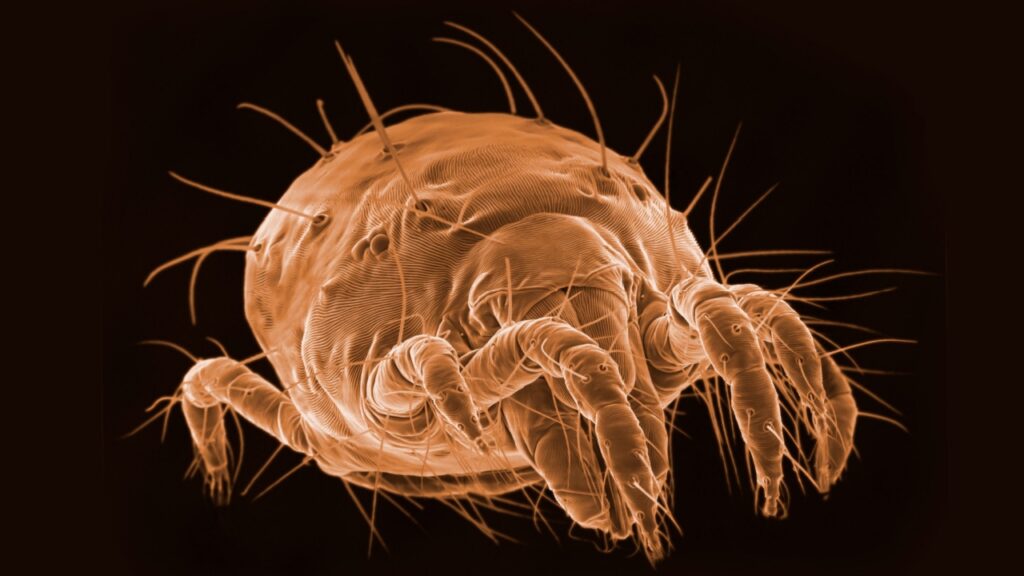Imagine a bustling city teeming with life, but instead of skyscrapers and streets, it’s your skin and hair. Your body is home to countless tiny creatures, each with its own unique features and habits. Let’s dive into the fascinating world of these microscopic monsters that call you home!
Face Mites: The Eyelash Squatters
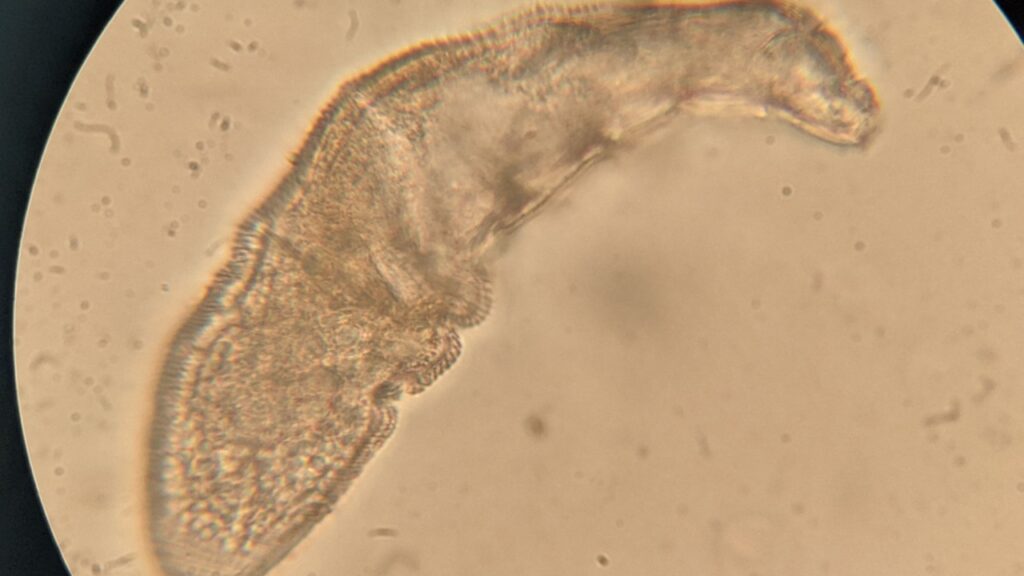
These tiny arachnids, known as Demodex, love to nestle in your eyelashes and facial hair. They’re about 0.3 millimeters long and feast on the oils your skin produces. Don’t worry, though – they’re harmless for most people and might even help keep your pores clean. At night, these little creatures come out to mate and lay eggs, making your face their own miniature dating scene.
Dust Mites: The Bedtime Buddies
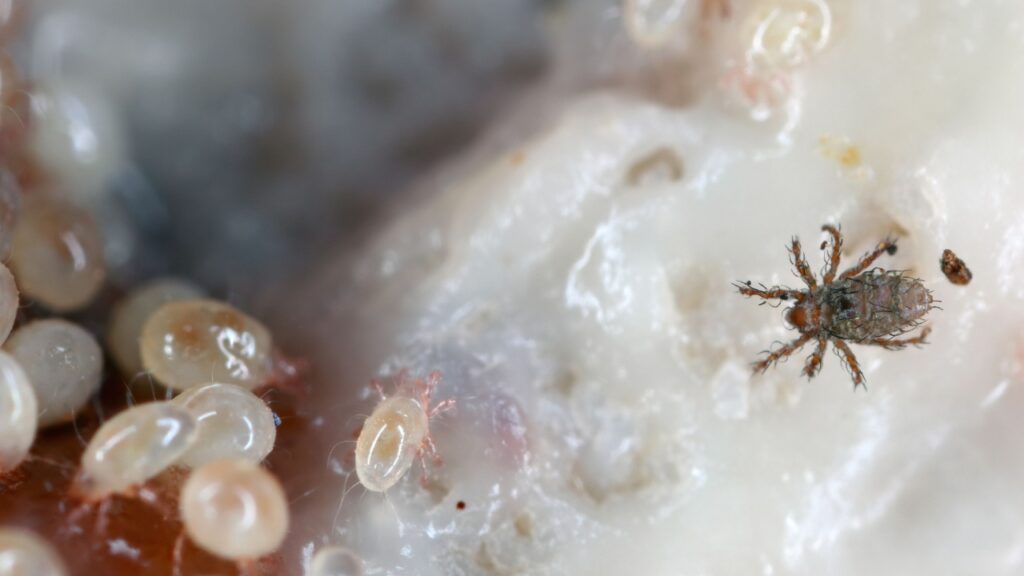
Your bed is a cozy haven for dust mites. These microscopic creatures feed on the dead skin cells you shed every day. They’re so small that hundreds can live in a single gram of dust. While they don’t bite or sting, their waste can trigger allergies in some people. To keep these tiny tenants in check, wash your bedding regularly in hot water.
Bacteria: The Skin’s Tiny Defenders
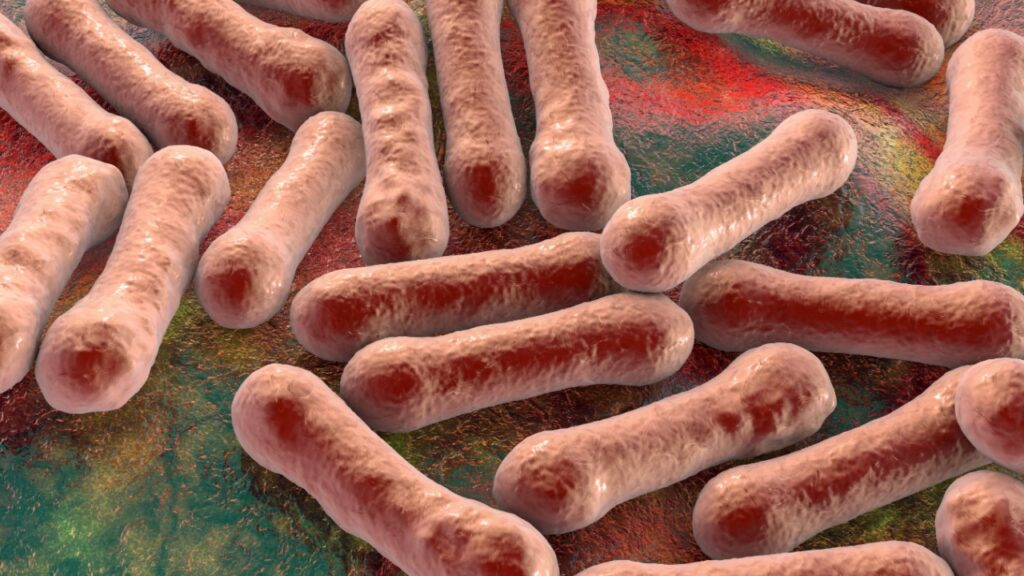
Your skin is covered in billions of bacteria, forming a protective shield called the microbiome. These helpful germs fight off harmful invaders and keep your skin healthy. Some even produce natural moisturizers and anti-inflammatory compounds. The most common types are Staphylococcus, Streptococcus, and Corynebacterium. They’re like microscopic bodyguards working round the clock to keep you safe.
Fungi: The Skin’s Tiny Gardeners

Various types of fungi call your skin home, especially in moist areas like between your toes. The most common is Malassezia, which usually keeps to itself. However, in some people, it can cause conditions like dandruff or athlete’s foot. These fungi play a role in maintaining your skin’s ecosystem, but sometimes they can get a bit too enthusiastic in their gardening efforts.
Archaea: The Ancient Skin Dwellers
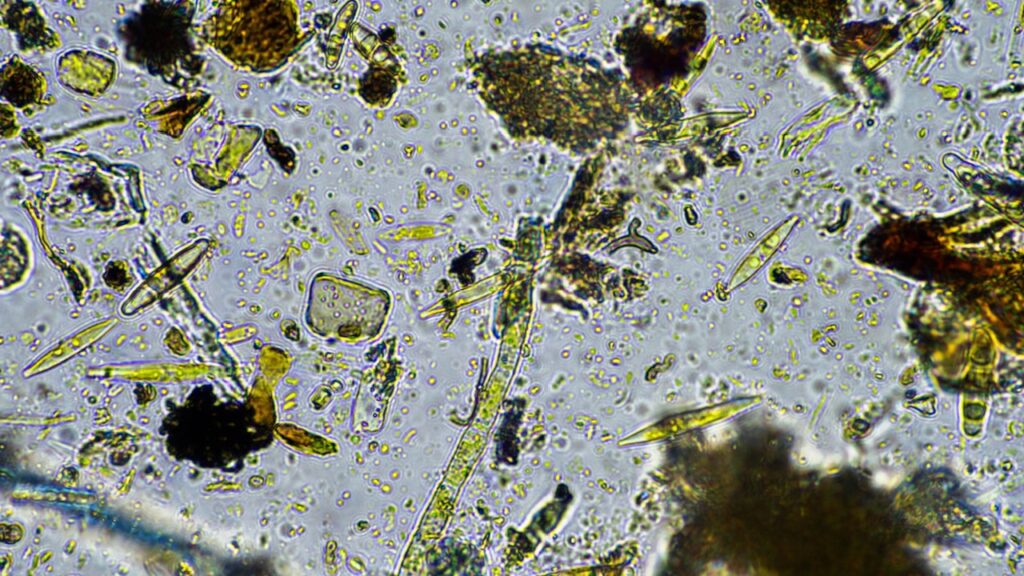
These single-celled organisms are some of the oldest life forms on Earth. Archaea thrive in extreme environments, including the salty, acidic landscape of your skin. They help break down oils and sweat, contributing to your body’s unique scent. These tiny time travelers have been around for billions of years, making your skin their latest habitat.
Propionibacterium: The Pimple Producers
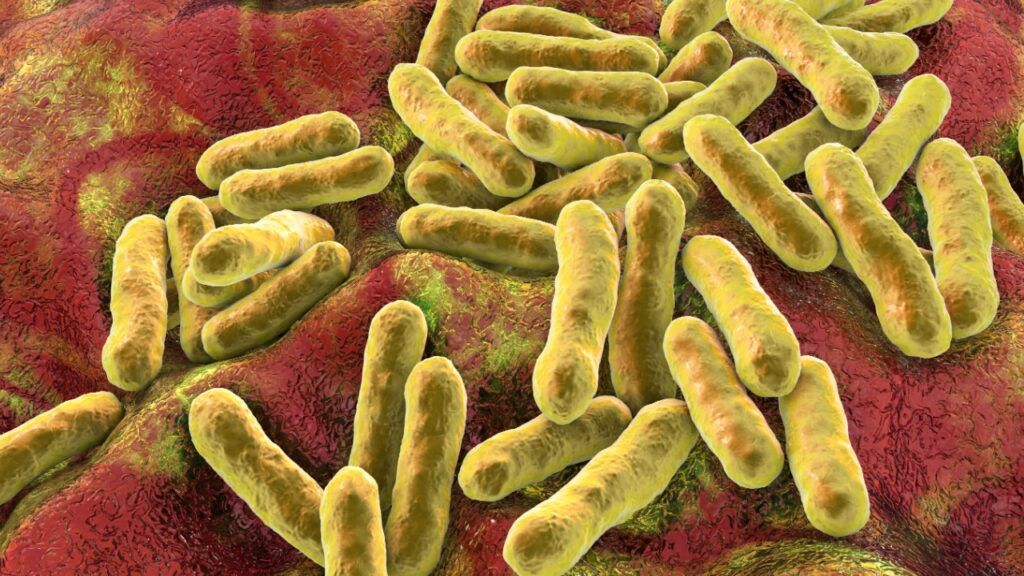
These bacteria live deep in your pores and feed on the oils your skin produces. While they’re usually harmless, they can sometimes cause acne when pores get clogged. Propionibacterium acnes is the main culprit behind those pesky pimples. They’re like underground miners, working away in the depths of your skin.
Staphylococcus Epidermidis: The Friendly Fortress
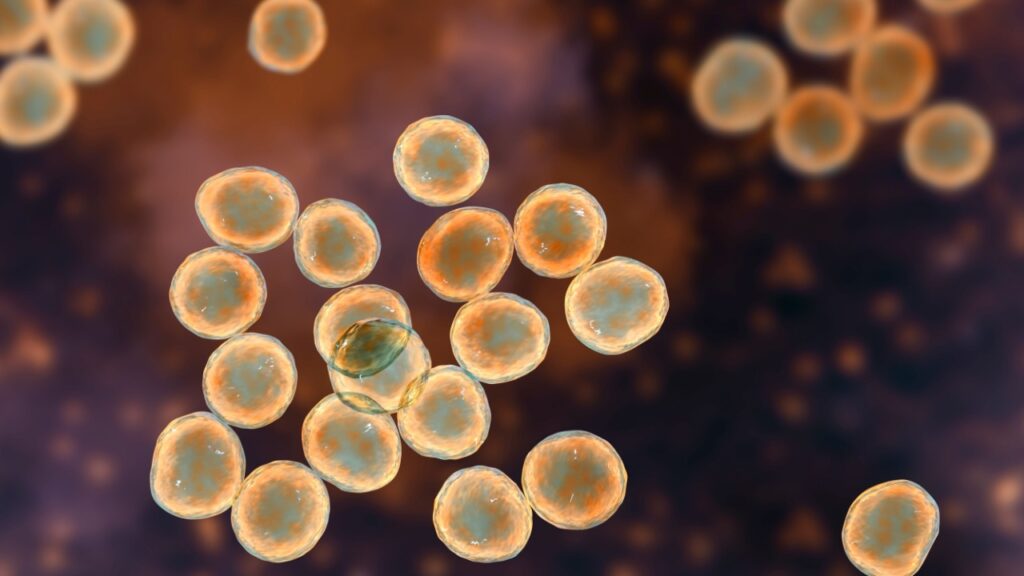
This common skin bacterium is like a protective coating on your body. It helps prevent harmful bacteria from setting up shop on your skin. S. epidermidis produces antimicrobial substances that keep other germs at bay. It’s like having a microscopic security system patrolling your skin’s surface.
Demodex Brevis: The Facial Oil Drillers
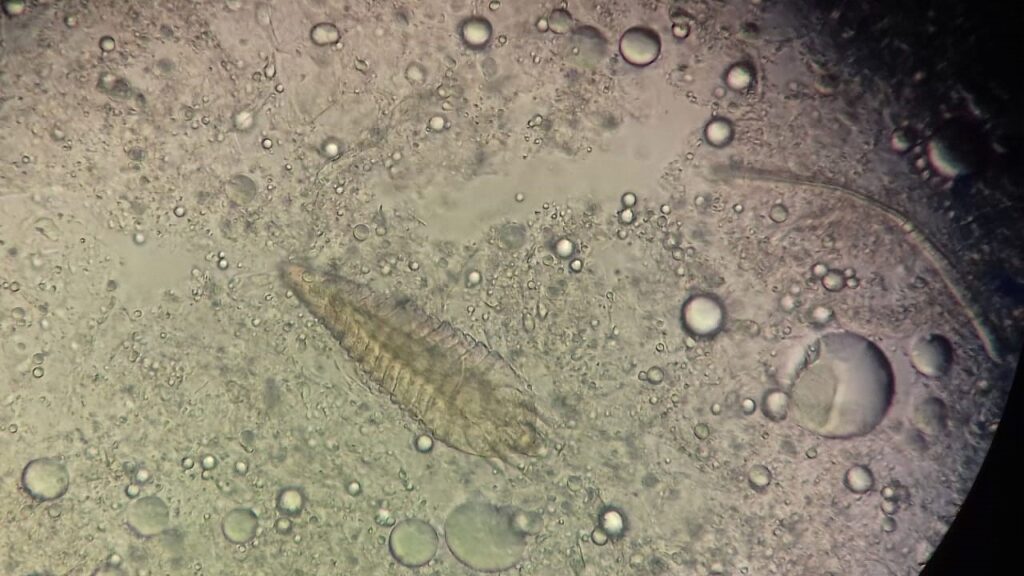
These mites are cousins to the eyelash-dwelling Demodex folliculorum. They prefer to live in the oil glands near hair follicles on your face and body. D. brevis mites are shorter and rounder than their eyelash-loving relatives. They act like tiny oil rigs, tapping into your skin’s natural resources.
Lactobacillus: The Gut’s Good Guys
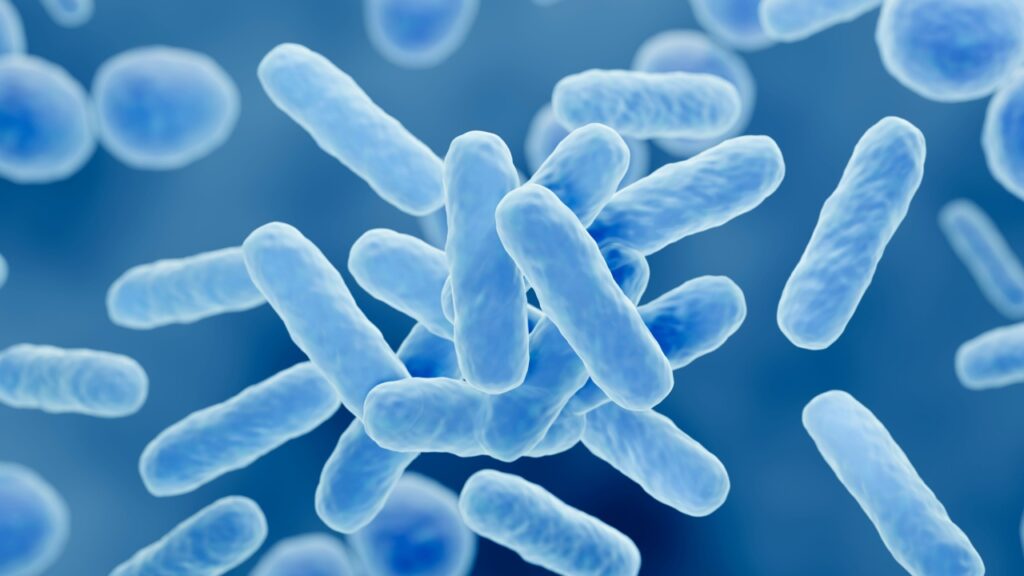
While not on your skin, these beneficial bacteria live in your digestive system. They help break down food, produce vitamins, and keep harmful bacteria in check. Lactobacillus is a key player in maintaining your gut health. Think of them as microscopic chefs, working hard in your internal kitchen.
Streptococcus Salivarius: The Mouth’s Minions
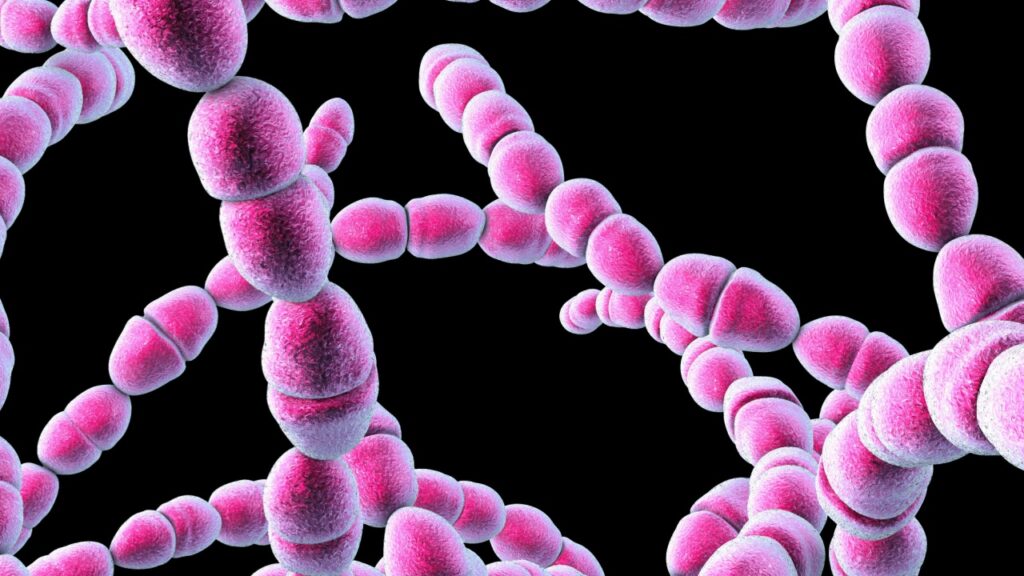
These bacteria are among the first to colonize your mouth after birth. They help maintain a healthy balance in your oral microbiome. S. salivarius can even produce antibiotics that fight off harmful mouth bacteria. They’re like tiny dental hygienists, working to keep your mouth clean and healthy.
Bacillus Subtilis: The Soil Surfers
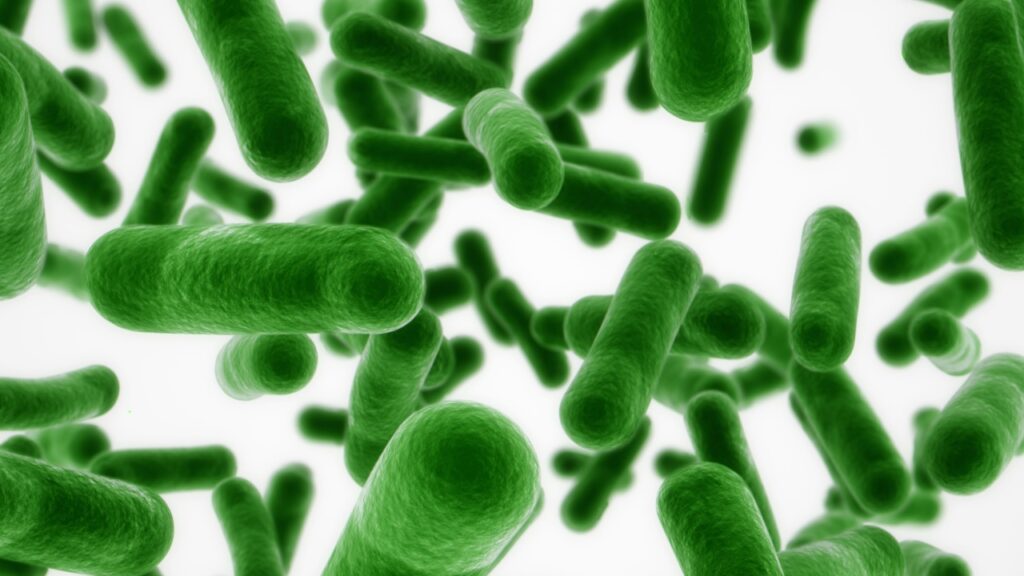
These bacteria are commonly found in soil but can hitch a ride on your skin. They’re known for their ability to form tough, protective spores. B. subtilis has been used in traditional fermented foods and may have probiotic benefits. These microscopic surfers ride the waves of your skin, bringing a bit of the outside world with them.
Becky is a fervent wildlife enthusiast and pet care expert with a diploma in canine nutrition. Her love for animals stretches beyond the domestic, embracing the wild tapestry of global fauna. With over a decade of experience in animal welfare, Becky lends her expertise to OutlandishOwl through insightful articles, captivating wildlife information, and invaluable guidance on pet nutrition. Her work embodies a deep commitment to understanding the intricate lives of animals and a passion for educating others on sustaining natural habitats. Becky's hands-on conservation efforts and her knack for translating complex dietary science into practical pet feeding tips make her an indispensable voice for creatures great and small.

